A Guide to Each Lunar Phase and Their Meanings
While orbiting Earth, the moon undergoes a series of phases, each marked by its unique appearance in the sky

The moon has captivated humanity since the beginning of time, but what deeper significance does each lunar phase hold?
In astrology, the moon is considered an ancient symbol of the divine feminine, and its association with intuition and emotion continues to serve as a muse for myths and legends — from tales of moon deities guiding sailors through treacherous waters to the mystical phenomena of lunar eclipses.
But the moon also has a more practical influence on our daily life. Farmers, for instance, have long relied on lunar phases to guide their harvesting schedules, and fishermen track how the moon’s phases impact their day at sea.
As the moon waxes and wanes, it performs an intriguing dance, embodying the sacred balance between light and dark, symbolizing the eternal cycle of creation and dissolution. While orbiting the Earth, the moon undergoes a series of distinct phases, each marked by its unique appearance in the night sky. (According to NASA, moonlight is simply a reflection of sunlight, which continuously changes over the course of the month.)
Read on to learn more about the lunar phases and their meaning.
Related: Here's What Jupiter in Gemini Means for You, Based on Your Zodiac Sign
The lunar phases and their meaning
There are eight lunar phases: new moon, waxing crescent, first quarter, waxing gibbous, full moon, waning gibbous, third quarter and waning crescent. Each phase carries its own unique energy and symbolism, influencing both the natural world and our personal experiences. The moon's journey through the zodiac also adds another layer of depth to its phases, contributing to the energy and themes associated with each lunar phase.
Each zodiac sign has a different element and modality, and the moon's emotionality and intuitive awareness can further amplify celestial qualities and attributes, depending on the zodiac sign it is transiting. Additionally, wherever the moon was at your time of birth can describe everything from your mood and temperament to your emotional foundation.
New moon

Westend61/Getty
New MoonThe new moon phase symbolizes new beginnings, marking a time of introspection and contemplation. The very beginning of a lunar cycle, the new moon’s darkness and lack of visibility serve as a reminder to embrace the unknown as we embark on new journeys of growth and self-discovery.
Waxing crescent
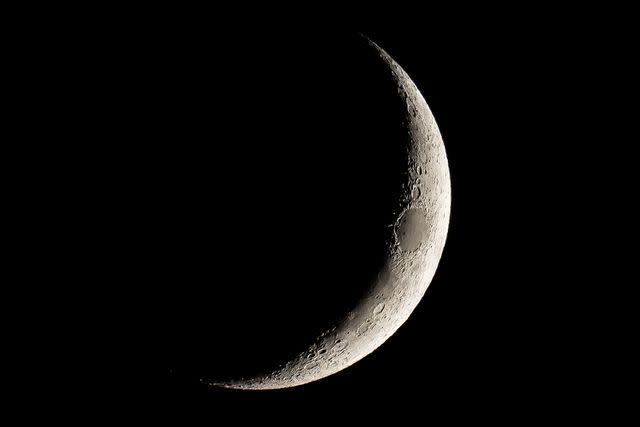
Darwin Fan/Getty
Waxing crescentA symbol of hope and promise of things to come, the first glimpse of moonlight encourages us to take the initial steps toward our goals, harnessing the energy of growth and transformation to manifest our dreams into reality.
First quarter
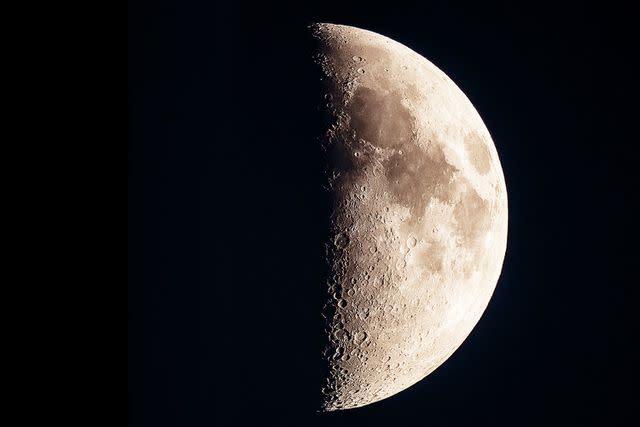
Darwin Fan/Getty
First quarterDuring this lunar phase, half of the moon becomes illuminated, poised between light and darkness. The first quarter is symbolic of balance and determination, as it is a time for evaluation and decision-making. This is when we confront challenges and make the necessary adjustments to remain focused on our objective.
Waxing gibbous
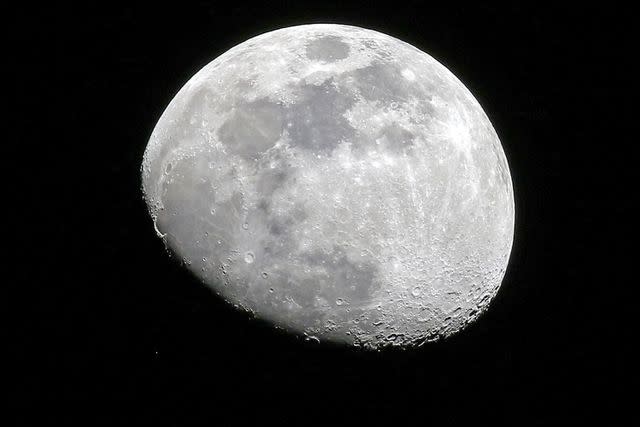
Daniela Duncan/Getty
Waxing GibbousA symbol of abundance, momentum and progress, the waxing gibbous phase occurs when the moonlight increases luminosity. This lunar phase beckons us to remain optimistic and persevere in our pursuits as we approach the fullness of our objective's potential.
Full moon
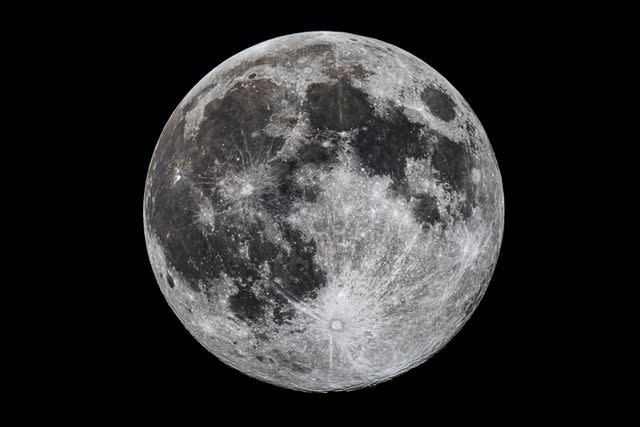
LeonardoFernndezLzaro/500px/Getty
Full moonWhen the moon reaches its peak of fullness, it marks a period of completion, culmination and celebration. This lunar phase is notorious for heightening our emotions and intuition and for bringing our intentions to their peak manifestation. Luna represents our shadowy unconscious, so secrets often come to light during this time.
Waning gibbous
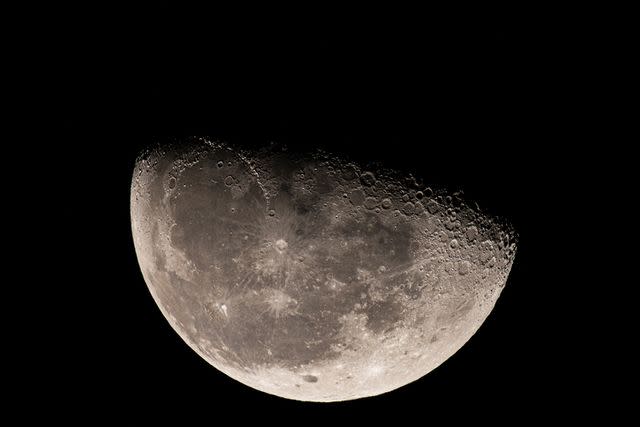
Yaorusheng/Getty
Waning GibbousAs the moon begins to wane and its luminosity dissipates, the waning gibbous phase marks a time of gratitude, reflection and surrender. It invites us to release what no longer serves us, so we can find peace in releasing and letting things fade away naturally.
Third quarter
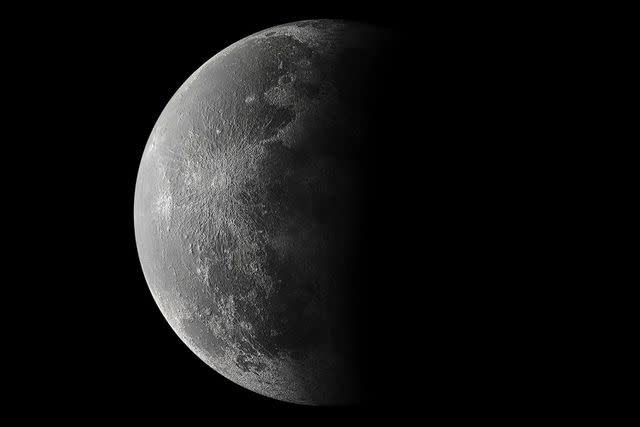
Freelance Images/Getty
Third QuarterHalf-shrouded in darkness, the third quarter phase represents release, transition and closure. It prompts us to reflect on our achievements and what we've learned throughout our manifestation process so we can shed old patterns and beliefs that no longer serve our highest good.
Waning crescent
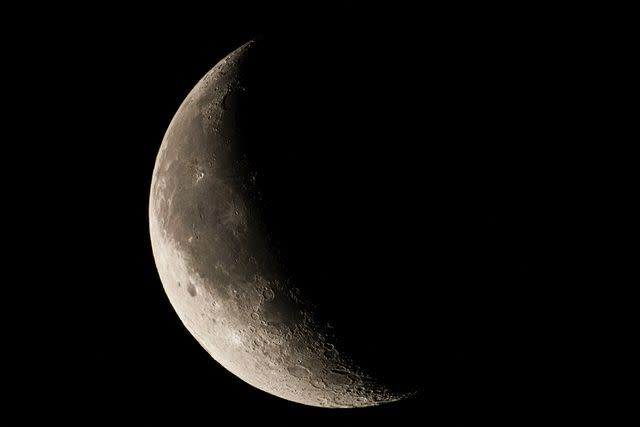
Yaorusheng/Getty
Waning CrescentAs the moonlight fades into the darkness, the waning crescent moon represents surrender, rest and renewal. This lunar phase invites us to surrender to the natural rhythms of life while encouraging us to trust the process of death and rebirth that follows the completion of every lunar cycle.
Related: Whether You're Destined for a Summer Love, Based on Your Zodiac Sign
For more People news, make sure to sign up for our newsletter!
Read the original article on People.


